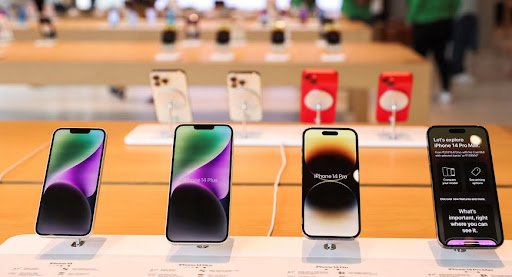iOS 26 Release: Apple Switches to Year-Based Naming Convention
Apple has officially launched the iOS 26 release as part of a sweeping change in how it names its operating systems. Moving away from traditional version numbers, Apple now uses year-based naming (like iOS 26 for 2026), aligning all its platforms—iOS, iPadOS, macOS, watchOS, tvOS, and visionOS—under a unified update cycle.
This modern approach reflects Apple’s desire to simplify its product update structure and make it easier for users and developers to identify the latest versions. The iOS 26 update, along with its sibling OS releases, introduces a range of features powered by Apple Intelligence, an on-device AI system that enhances personalization, privacy, and performance.
iOS 26 Release Date and Availability Timeline
Apple made the iOS 26 release available to developers immediately after its announcement at WWDC 2025. Here’s the expected timeline for the rollout:
- Developer Beta: Released on June 10, 2025
- Public Beta: Launching in July 2025
- Official Public Release: Scheduled for Fall 2025, likely in September alongside the new iPhone launch.
This phased rollout ensures that developers can optimize their apps for the new features, and early testers can report bugs before the full public release.
iOS 26 Release Brings Unified Features Across Apple Ecosystem
With the iOS 26 release, Apple aims to deliver a consistent user experience across all devices. The new naming strategy is more than a cosmetic change—it represents a synchronized upgrade across iPhone, iPad, Mac, Apple Watch, Apple TV, and Vision Pro platforms.
Some of the unified features rolling out with this update include:
- Liquid Glass UI: A sleek, dynamic interface with translucent effects and responsive motion elements.
- Apple Intelligence Integration: Enhanced on-device AI capabilities, including personalized suggestions, generative image features, and contextual Siri upgrades.
- Privacy by Design: All Apple Intelligence functions run locally on the device or securely in the Apple Private Cloud, minimizing data exposure.
iPadOS 26, macOS 26, and More: What Else is Changing?
Alongside the iOS 26 release, Apple has introduced year-based updates for its other platforms:
- iPadOS 26: Now includes real windowed multitasking, making iPads even more capable for pro users.
- macOS 26 (Tahoe): Brings performance improvements and a refined UI built around the new Liquid Glass theme.
- watchOS 26: Adds gesture-based navigation and AI-powered fitness suggestions.
- tvOS 26: Features redesigned overlays and support for shared profiles.
- visionOS 26: Supports new spatial widgets, better controller compatibility, and smoother app transitions.
By aligning all these updates under a single year-based label, Apple reduces user confusion and ensures simultaneous feature adoption across devices.
iOS 26 Release Compatibility: Which Devices Will Get the Update?
The iOS 26 release is compatible with the following iPhone models (expected):
- iPhone 15 series and newer
- iPhone 14 series
- iPhone 13 series
- iPhone SE (3rd Gen) and above
Older devices, like the iPhone 11 and iPhone 12, may receive a limited feature set depending on hardware compatibility.
What This Means for Developers and Users
For developers, the iOS 26 release offers earlier access to Apple Intelligence APIs, improved machine learning support, and more control over app behavior. For users, it marks a shift toward smarter, more cohesive device usage across all Apple products.
This release sets a new baseline for future updates, with AI integration becoming the cornerstone of Apple’s ecosystem strategy. The year-based naming also helps customers easily determine whether their device is up to date, improving software adoption rates.
Final Thoughts on the iOS 26 Release
The iOS 26 release is more than just a name change—it’s a complete ecosystem evolution. By adopting a uniform, year-based system across platforms, Apple has simplified software navigation while introducing groundbreaking features driven by AI.
As the public beta approaches and the fall release nears, both users and developers should prepare to embrace one of the most transformative updates in Apple’s history.







